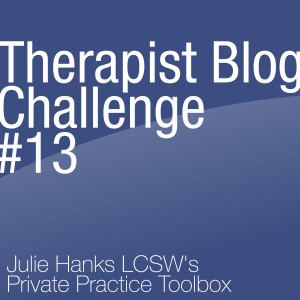
The therapist blog challenge is back! I'm making it easy to blog regularly as a practice building strategy.
Rather than start a new challenge, I've decided to pick up where we left off last year -- with challenge #13. If you are new to the challenge, you can start with challenge #1 or you can start with this current challenge. The goal of the challenge is to make it easier for you to blog regularly on your private practice website. Blogging can boost SEO, provide valuable information on your specialty areas, lets potential clients get to know you better, and establishes you as an expert. These factors can lead to more clients choosing your practice.
A good way to select a blog topic is to break down broad topics into smaller chunks. For example, mental health is an enormous subject, so focus and expand an aspect of it for one blog post. You can also turn this broad topic into a series of posts. For this example, we'll choose how mental health affects parenting.
[Headline] Here are three title suggestions that you may use or come up with a clear and catchy blog post title
4 Ways to Boost Your Mental Health and Improve Your Parenting
The Mental Health and Parenting Connection
Mind Your Mental Health: Your Children Will Thank You
[Strong intro] You can start with the paragraph below or customize it.
Like all other aspects of health, mental health can affect your parenting. For example, parents who suffer from Bipolar Disorder are 10 times more likely to overreact, which can lead to inappropriate punishments. Parents who are dealing with depression are often less responsive to their child's emotional cues. Here are some ways to mitigate the effect of mental health problems with regards to parenting:
[Scanable content] Make your content easy to quickly scan and find the main points.
1) Physical self-care
Write a paragraph about the importance of self-care for mental health treatment and prevention. You may want to include meditation, nutrition, rest, exercise. Emphasize the connection between physical health, mental health, and relationships. Self-care is critical prevention for parenting "meltdowns."
2) Remain calm
Write a paragraph about a skill parents can use to calm themselves when their child's behavior is difficult. You may want to share counting to 10, putting yourself in "time out", the importance of modeling emotional regulation skills for the child. When parents remain calm, children will become less emotionally reactive.
3) Treatment compliance
Write a paragraph about the importance of remaining in treatment and of following recommendations. This might include medication compliance, group therapy, family therapy, bibliotherapy, etc.
4) Playtime
Write a paragraph about the importance of play and recreation (re-creation) with their child, how play promotes positive attachment, and the mental health benefits of play for adults.
Add as many additional suggestions on how parents can take care of their mental health in ways that support successful parenting.
[Strong ending paragraph] Final paragraph can include a summary of important points, additional resources, and a call to action like "Make an appointment with Julie today!"
That's it! Read on for tips on sharing your blog article.
Additional reminders about the blog challenge:
- Write and post your blog article in the next 2 weeks. If you miss the deadline or you read this article months later, that’s OK too.
- Post a link for this blog challenge in the comment section of this blog post.
- Read, comment, and share other therapist’s articles.
- Tweet your post using hashtag #therapistblog and tag @julie_hanks so I can retweet it.
- Pin it on the challenge Pinterest Board. I’ve invited everyone who posted a comment on the initial blog challenge post as collaborators so you can pin onto the group board.
- Spread the word and invite mental health colleagues to join the challenge. Articles can be added anytime throughout the year.
- Write no more than 600 words, make it easy to read, use a conversational tone, and gear your articles toward your ideal client (not other professionals).
- The goal of a professional blog is to provide value to your website visitors, help them get to know your professional perspective, increase traffic to your private practice website, and build your practice.
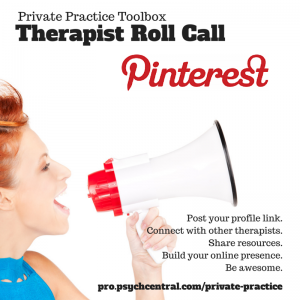 Do you use Pinterest? I do and I have found some amazing relationship and emotional health resources for my clients and practice building resources. I've also found that it's a great way to direct visitors to my website and learn about my services.
Do you use Pinterest? I do and I have found some amazing relationship and emotional health resources for my clients and practice building resources. I've also found that it's a great way to direct visitors to my website and learn about my services.
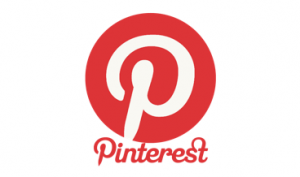
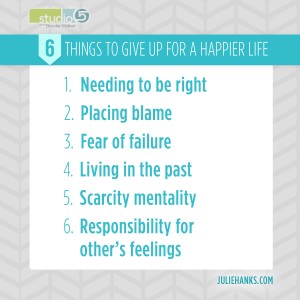
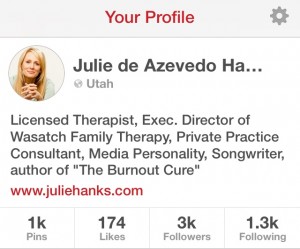



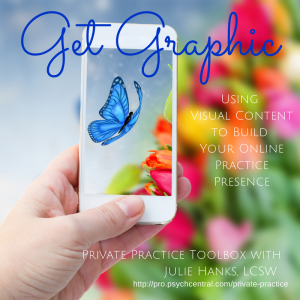

As healers, we genuinely like to do our work. Guiding clients through the therapy process and seeing them make progress is why we do what we do. But if you're in private practice, you know there's a lot going on in the back end and that it's crucial to run an efficient and organized business.